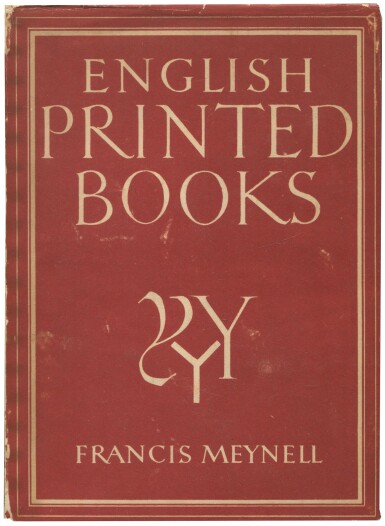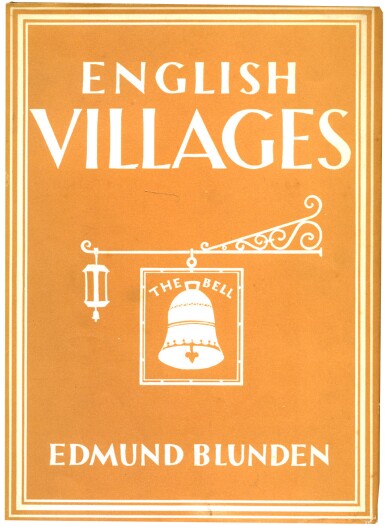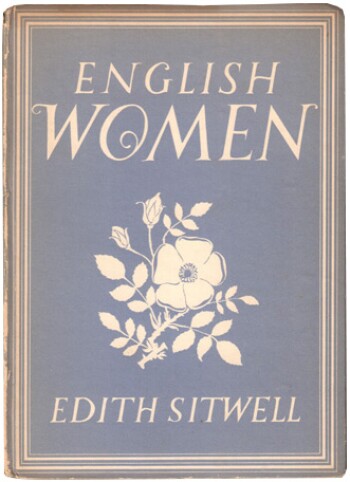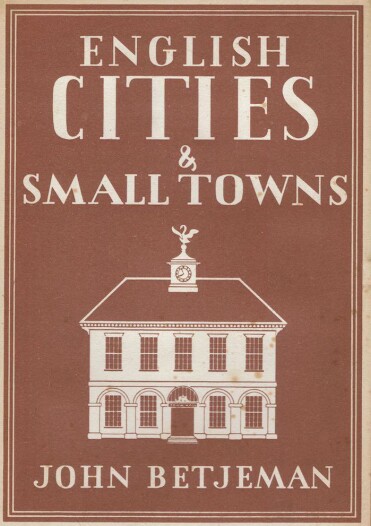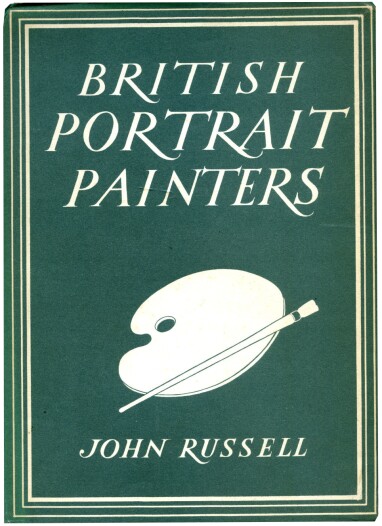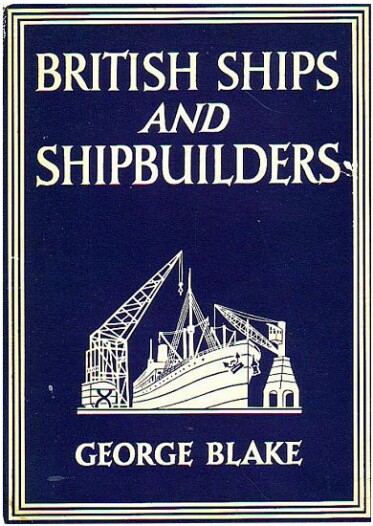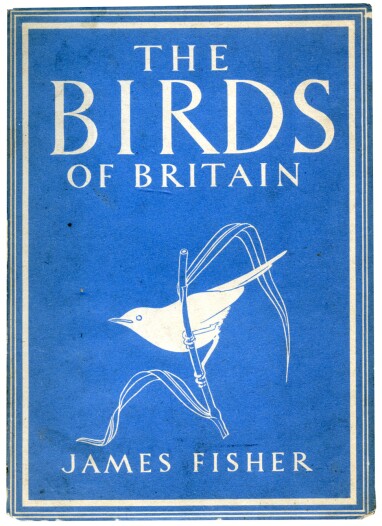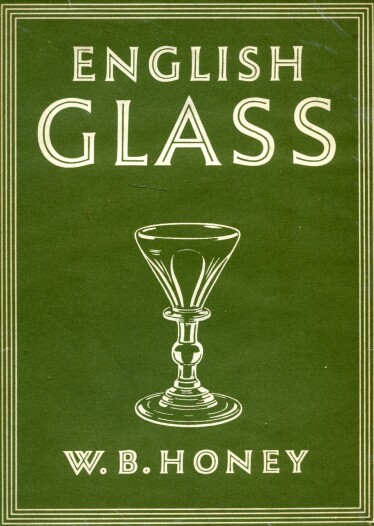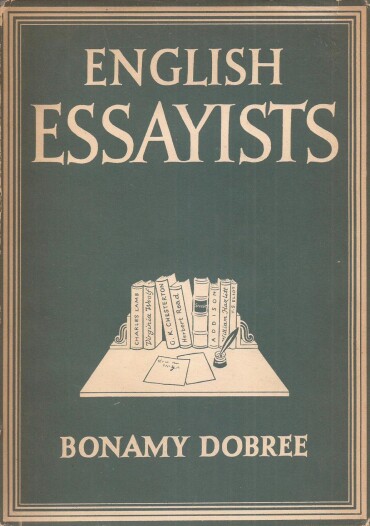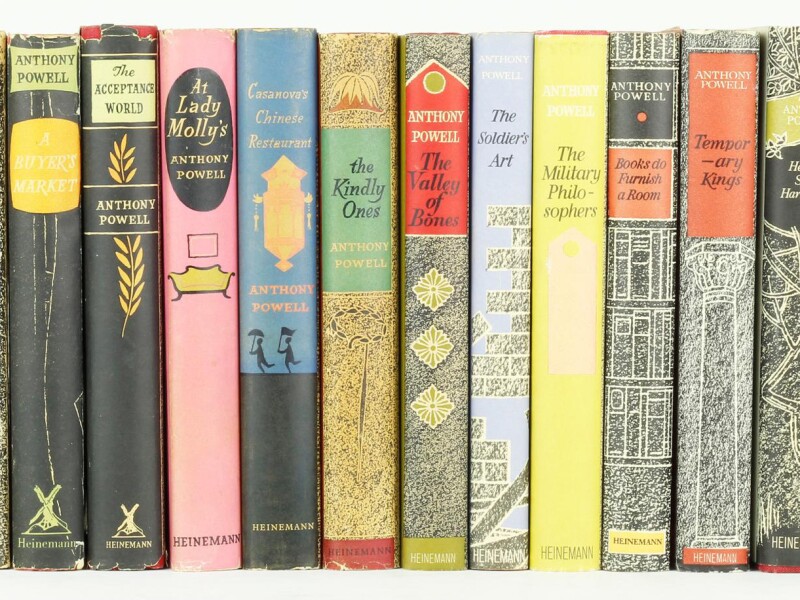In 1941, with most of Europe occupied by Germany, Britain was in a grim predicament. While facing this threat, Collins, the publisher now known as HarperCollins, decided to launch a remarkable series of social history books called Britain in Pictures.

The books were designed to boost morale. However, they also served to record the British way of life in case it was lost under a German occupation. The books were slim volumes with simple, distinctive covers, but it was the array of authors that made this series special.
George Orwell wrote about the English people. Cecil Beaton wrote about British photography. The poet and printer Francis Meynell wrote about English printed books. Poet John Betjeman (who had penned the immortal line "Come, friendly bombs, and fall on Slough," in 1937) wrote about towns and cities.
Graham Greene wrote about dramatists. The doyen of sports journalists Neville Cardus wrote about cricket, and Edith Sitwell wrote about English women. Some of the Britain in Pictures authors have faded into obscurity but they were all experts in their field during those dark days.
A wide variety of subjects were covered from battlefields to boxing, clocks to mountaineering, butterflies to farm animals, and from waterways and canals to maps and map-makers. In all, 132 titles were published. The books also covered the Commonwealth – John Buchan’s wife, Lady Tweedsmuir wrote about Canada while Ngaio Marsh and R.M. Burdon wrote about New Zealand.
For many book collectors, obtaining the entire series of Britain in Pictures books is a quest. Collins published the books in large quantities and priced them cheaply. Today they can be picked up for anything from a few pounds to £200 depending on condition.
Anyone wishing to collect the series should reference Britain in Pictures: A History & Bibliography by Michael Carney. The Britain in Pictures books were so successful that Collins continued to publish them until 1949. From the social history aspect, the series offers an insight into sections of British life that disappeared after World War II.


